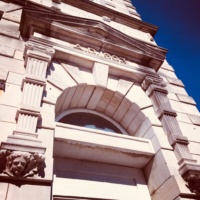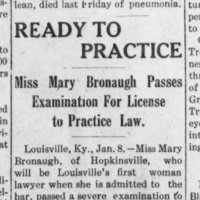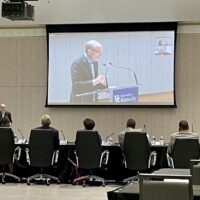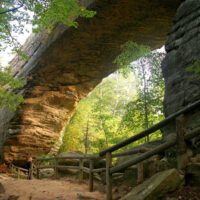Thursday evening I heard Hopkinsville transplant Grace Abernethy talk about her research into the many places in this city that are connected to clairvoyant Edgar Cayce, the Christian County native who became known as “The Sleeping Prophet” because of his gift for delivering medical cures and other information while in a trance-like state.
Speaking at the History on Tap program, Abernethy shared that she first learned about Hopkinsville when she met Alissa Keller, who is now executive director of the Museums of Historic Hopkinsville-Christian County, while they were in graduate school together nearly two decades ago in South Carolina.

Abernethy, who writes the “Brick & Mortar Monthly” column for Hoptown Chronicle, said Keller’s descriptions of her hometown painted Hopkinsville as a “magical place” and that the portrayal has held up since she and her husband, Brendan Abernethy, moved to Hopkinsville a few years ago.
Newcomers sometimes see what natives do not, and in Abernethy’s case it is at least partly the wonder of Hopkinsville’s history. I guess I had the same kind of mindset when we created a series of “Did You Know” stories devoted to Hopkinsville’s history that ran during the first year of Hoptown Chronicle’s existence.
With a hat tip to Abernethy for instigating this idea, today I’m sharing the editor’s pick of the top five “Did You Know” stories from Hoptown Chronicle. I hope this is a good diversion for our readers on a cold, gray day.
Birth and near death of a chapel
The city of Hopkinsville spent $3,100 to construct a chapel building in 1916 at Riverside Cemetery. City Commissioner William Rutherford Wicks Sr. was among those supporting the project.
Forty-three years later, it was the commissioner’s widow, local businesswoman Lena Wicks, who led the charge to save the chapel when the city was preparing to raze the neglected structure. It stands today because of her efforts.
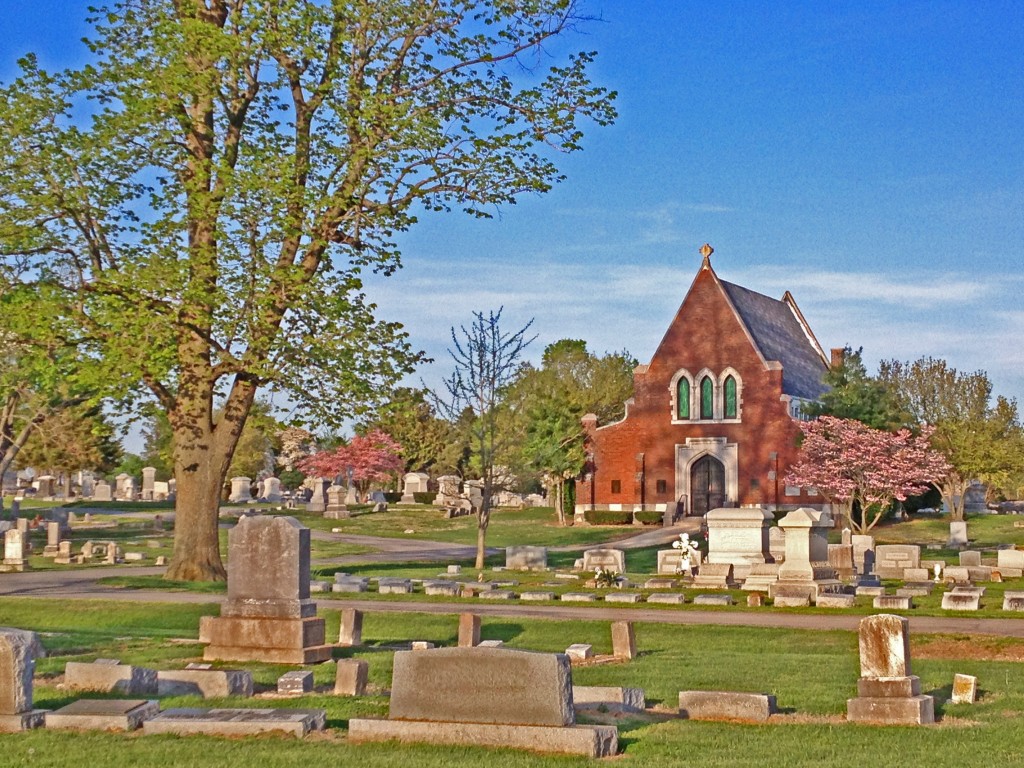
A landmark lost
The Union Tabernacle, which was essentially the city’s first convention center, stood at the southeast corner of West Seventh Street and Cleveland Avenue — where today there is a parking lot for the Christian County Justice Center.
The 2,000-seat auditorium was built in 1893 with $4,200 that a traveling evangelist helped local religious leaders raise. Among several famous Americans who appeared at the Union Tabernacle were Booker T. Washington, Ethel Barrymore and Theodore Roosevelt. Built near the bank of Little River, the auditorium could not survive repeated flooding and neglect.

A neighborly and historic place
One of the first areas in Hopkinsville that was designed with the automobile in mind was the Mooreland Drive, Latham Avenue and Alumni Avenue neighborhood. Development began at the turn of the turn of the 20th century on farmland just outside the city limits.
Today we know this neighborhood as the Anvirdale Historic District. It is listed on the National Register of Historic Place.
A doctor and a builder
Hopkinsville native Phillip Carruthers Brooks Sr. earned his medical degree at Howard University in Washington, D.C. He then built Brooks Memorial Hospital, the only medical facility for some 30 years that treated Black patients in the region. The hospital closed in 1976, after Jennie Stuart Medical Center began treating Black patients, but the old hospital building still stands on South Virginia Street.
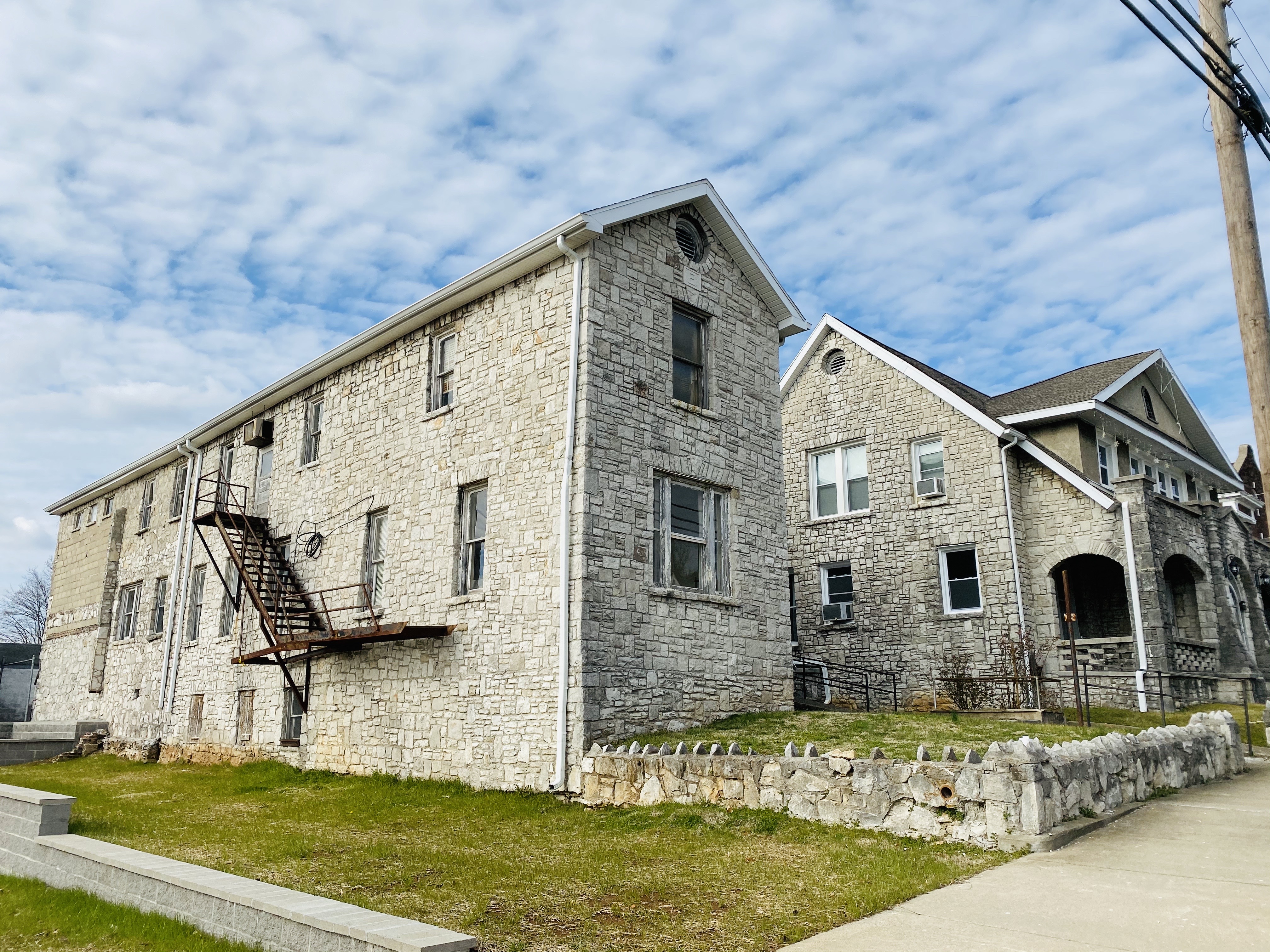
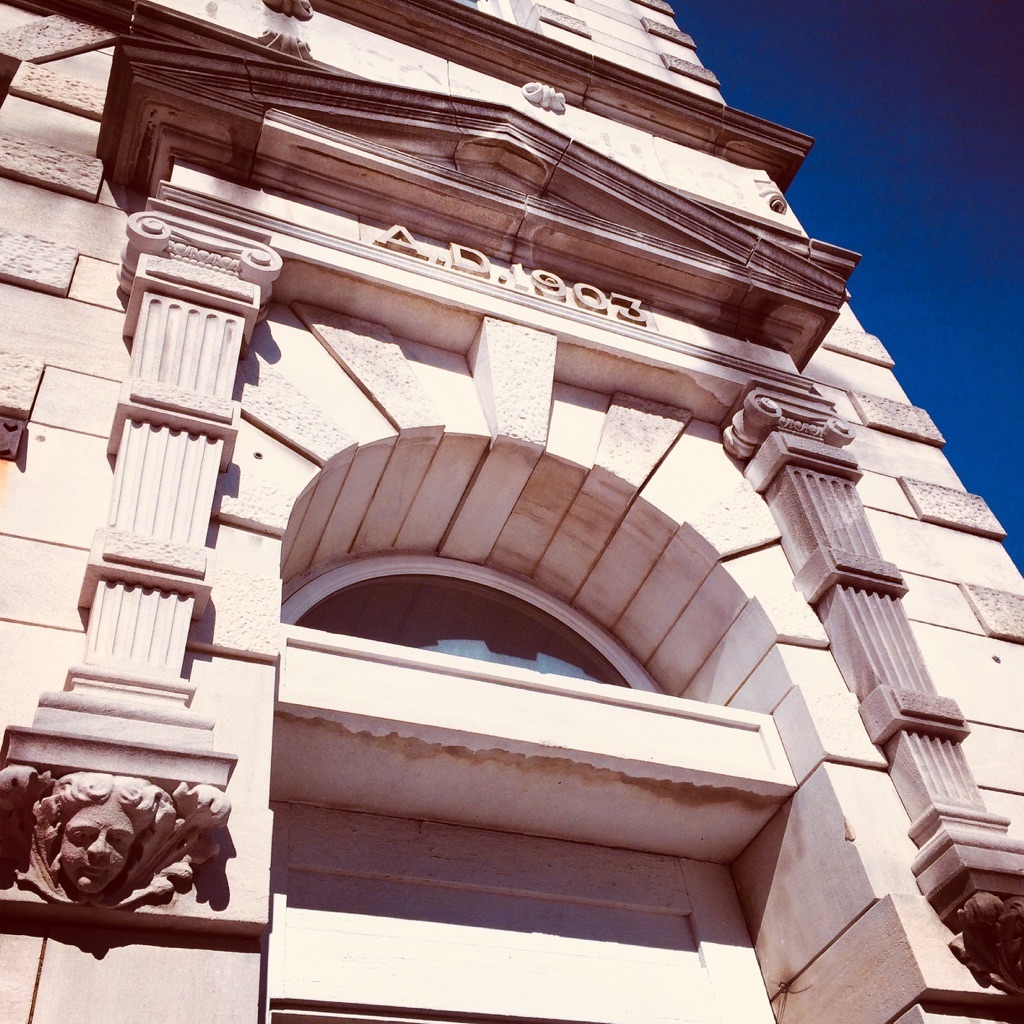
Architectural whimsy
Built in 1903 on East Ninth Street near South Virginia Street, the Cumberland Telephone and Telegraph Building features several carved stone details, including mythological fish, cherub faces, scrolls and an elaborate shell pattern.
It stands today as one of the city’s best preserved historical treasures.
Jennifer P. Brown is co-founder, publisher and editor of Hoptown Chronicle. You can reach her at editor@hoptownchronicle.org. She spent 30 years as a reporter and editor at the Kentucky New Era. She is a co-chair of the national advisory board to the Institute for Rural Journalism and Community Issues, governing board president for the Kentucky Historical Society, and co-founder of the Kentucky Open Government Coalition.

